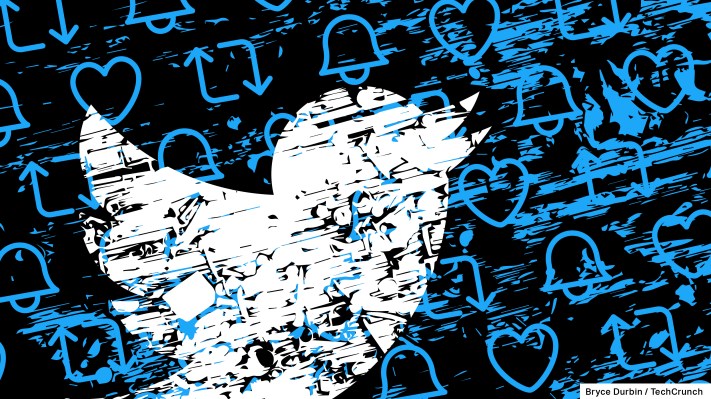Twitter expands misinformation reporting feature to more international markets – TechCrunch
Last August, Twitter introduced a new feature in select markets, including the U.S., that invited users to report misinformation they encountered on its platform — including things like election-related or Covid-19 misinformation, for example. Now the company is rolling out the feature to more markets as its test expands. In addition to the U.S., Australia, and South Korea, where the feature had already gone live, Twitter is rolling out the reporting option to users in Brazil, Spain, and the Philippines.
The company also offered an update on the feature’s traction, noting that the company has received more than 3.7 million user-submitted reports since its debut. For context, Twitter has around 211 million monetizable active daily users, as of its most recent earnings, 37 million of which are U.S.-based and 174 million based in international markets.
In markets where the feature is available, users can report misinformation by clicking the three-dot menu in the upper-right of a tweet, then choosing the “report tweet” option. From there, they’ll be able to click the option “it’s misleading.”
While Twitter already offered a way to report violating content on its platform before the addition of the new flagging option, its existing reporting flow didn’t offer a clear way to report tweets containing misinformation. Instead, users would have to pick from options like “it’s suspicious or spam” or “it’s abusive or harmful,” among others, before further narrowing down how the specific tweet was in violation of Twitter’s rules.
The ability to flag tweets as misinformation allows users to more quickly and directly flag content that may not fit into existing rules, as well. But the reports themselves are tied into Twitter’s existing enforcement flow, where a combination of human review and moderation is used to determine if a punitive action should take place. Twitter had also said the reported tweets would be sorted for review based on priority — meaning tweets from accounts with a large following or those showing higher levels of engagement would be reviewed first.
The feature is rolling out at a time when social networks are being pressured to clean up the misinformation they’ve allowed to spread across their platforms, or risk regulation that will enforce such cleanups and perhaps even enact penalties for not doing so.
The flagging option is not the only way Twitter is working to fight misinformation. The company also runs an experiment called Birdwatch, which aims to crowdsource fact-checking by allowing Twitter users to annotate misleading tweets with factual information. This service is still in pilot testing and being updated based on user feedback.

